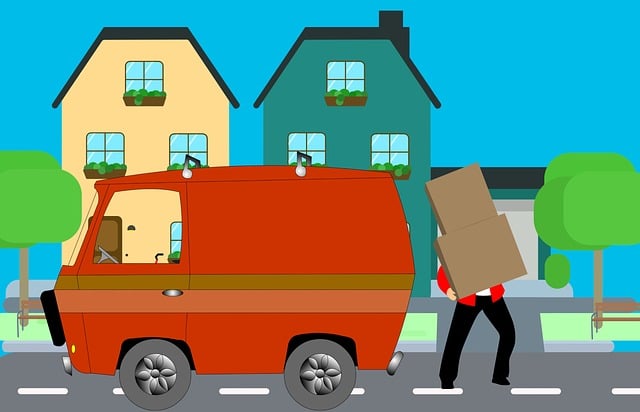Whether you’re a seasoned nomad or a first-time mover, one thing’s for sure: moving is an adventure. But, not all of the moves are created equal. When it comes to the distance you’re traveling, there are two main categories that most moves fall under: local and long distance.
While both of these have the same outcome (you moving to a new place), the process of each might be different. And the approach you should be taking in order to complete the move will not be similar too. Let’s keep reading to know more about it.
Difference – 1: The Distance Factor
Let’s start with the obvious: distance.
The distance you’re traveling is the defining factor that sets local and long distance moves apart. A local move typically involves relocating within the same city or metropolitan area. This could be moving to a new apartment a few blocks away or switching neighborhoods.
On the flip side, a long distance move involves crossing city or state lines, often requiring more extensive planning and coordination due to the increased distance.
Difference – 2: Logistics and Timelines
Long distance moves require careful coordination of packing, transportation, and arrival times. You might need to schedule movers, coordinate with multiple parties, and account for potential delays along the route. If anything doesn’t go to plan, the entire move can be a mess.
In contrast, a local move can allow you to tackle the process more gradually, making multiple trips if needed. For example, if you feel the need to pop back to your old house to grab that forgotten box of clothes? No problem – you can simply drive there and get it accordingly.
Difference – 3: Packing and Boarding Strategy
According to Gmove, a prominent mover from Singapore to KL, When it comes to packing, the distance you’re moving can influence your approach.
For local moves, you might be tempted to throw things into boxes haphazardly, thinking you can sort it all out later. But remember, a disorganized move can lead to unnecessary stress and chaos when unpacking. You might end up forgetting something as well.
On the other hand, long distance moves demand a more strategic approach to packing.
Your belongings will be in transit for quite a longer period, so ensuring everything is securely packed and well-organized becomes crucial. This might mean investing in quality packing materials, labeling boxes clearly, and even creating an inventory to keep track of your items.
Difference – 4: Transportation and Expenses
With local moves, you might have the luxury of transporting smaller items in your own vehicle. It can save you some bucks on hiring movers or renting a truck. But, for larger items or when moving across a sizable city, you could still benefit from professional help.
But, long distance moves often require a dedicated moving truck or even shipping containers for a more efficient and secure journey. This comes with a higher price tag, encompassing not just the cost of transportation but also potential lodging if your move spans multiple days.
Difference – 5: Regulations and Paperwork
Get ready to roll up your sleeves, because paperwork and regulations can vary significantly between local and long distance moves.
Local moves typically involve fewer legalities, though you might still need to update your address with various institutions and transfer utilities. And you might want to consider using a domicile service for nomads to reduce your tax liabilities so you can keep more of your income, which is ideal if you want to be able to budget better.
Long distance moves, especially when crossing state lines, can be a bureaucratic adventure.
You may need to deal with new driver’s licenses, vehicle registrations, and several other legal requirements. It’s crucial to research and plan ahead to ensure you’re compliant with the regulations of your new location.
The Bottom Line
Whether you’re embarking on a local move or gearing up for a cross-country journey, remember that every move has its own unique set of challenges and excitements.
From the logistics of packing to the emotional impact of starting anew, the distance you’re traveling can influence the way you approach your move.
By planning ahead, staying organized, and embracing the adventure, you’ll be well on your way to a successful transition, regardless of the miles that lie ahead.

Recent Comments